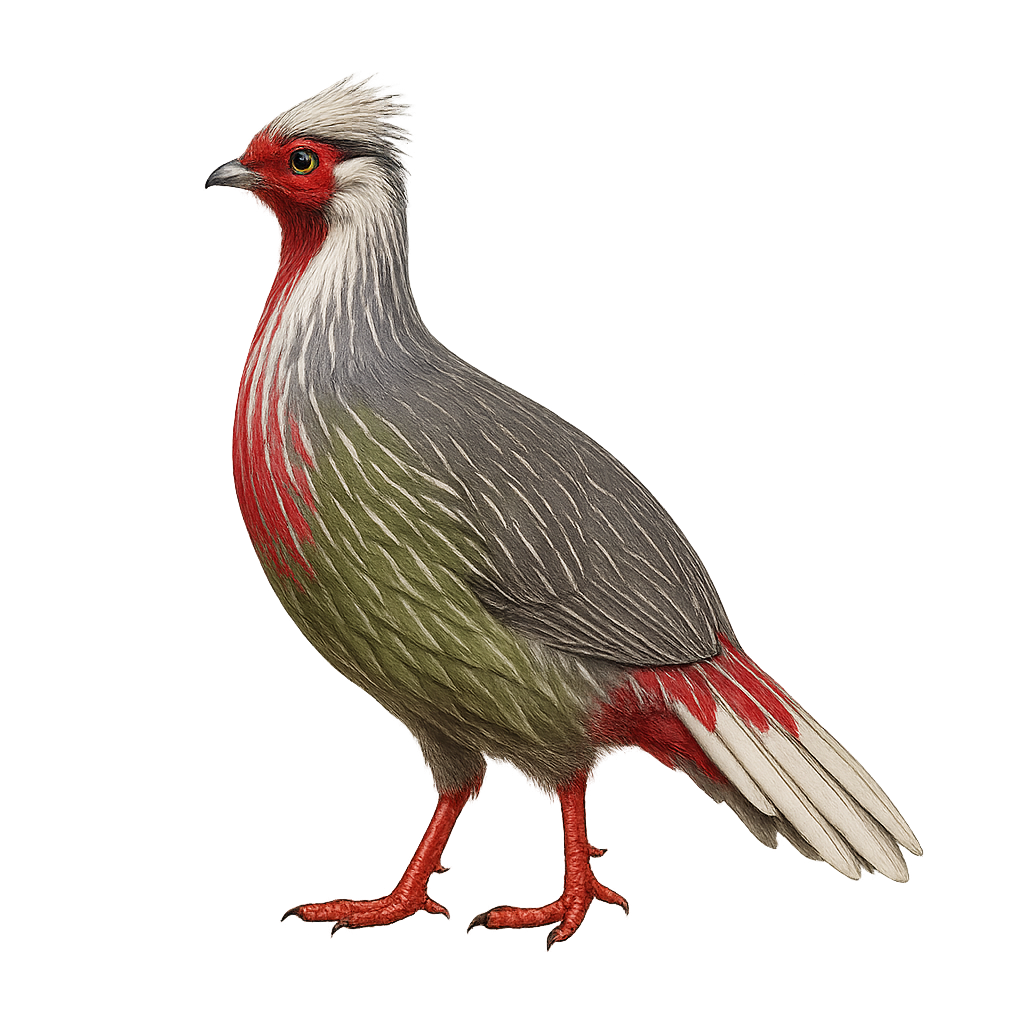Your wildlife photography guide.
Explore the blood pheasant in detail, study its behavior, prepare your shots.
Where to observe and photograph the blood pheasant in the wild
Learn where and when to spot the blood pheasant in the wild, how to identify the species based on distinctive features, and what natural environments it inhabits. The WildlifePhotographer app offers tailored photography tips that reflect the blood pheasant’s behavior, helping you capture better wildlife images. Explore the full species profile for key information including description, habitat, active periods, and approach techniques.
Blood Pheasant
Scientific name: Ithaginis cruentus

IUCN Status: Near Threatened
Family: PHASIANIDAE
Group: Birds
Sensitivity to human approach: Suspicious
Minimum approach distance: 10 m
Courtship display: April to May
Incubation: 27-30 jours
Hatchings: April to June
Habitat:
Coniferous forests, alpine meadows
Activity period :
Primarily active during the day, with peak activity in the morning and late afternoon.
Identification and description:
The Blood Pheasant, or Ithaginis cruentus, is a captivating bird native to the mountainous regions of the Himalayas. This pheasant is notable for its colorful plumage, featuring shades of red, green, and gray, giving it a unique appearance. Males display brighter colors than females, which is typical among many bird species. They live in family groups and are often seen foraging on the forest floor, feeding on seeds, berries, and insects. Their natural habitat ranges from coniferous forests to alpine meadows, typically between 2,400 and 4,500 meters in altitude. Although relatively discreet, their distinctive call can be heard echoing through the mountain valleys.
Recommended lens:
400 mm – adjust based on distance, desired framing (portrait or habitat), and approach conditions.
Photography tips:
To photograph the Blood Pheasant, it is advisable to use a telephoto lens of 400 mm or more to capture detailed images without disturbing the bird. These pheasants are often active during the day, providing good opportunities for natural light. Look for them in coniferous forests or alpine meadows, and be prepared to move slowly and quietly to avoid scaring them away. Patience is key, as these birds can be suspicious. Use a tripod to stabilize your camera and achieve sharp images.
The WildlifePhotographer App is coming soon!
Be the first to explore the best nature spots, track rutting seasons, log your observations, and observe more wildlife.
Already 1 439 wildlife lovers subscribed worldwide

